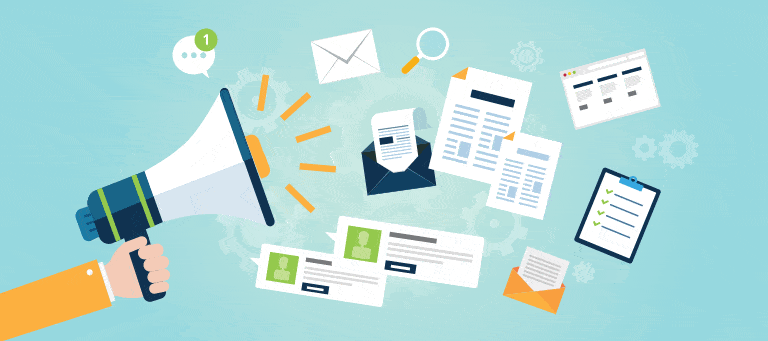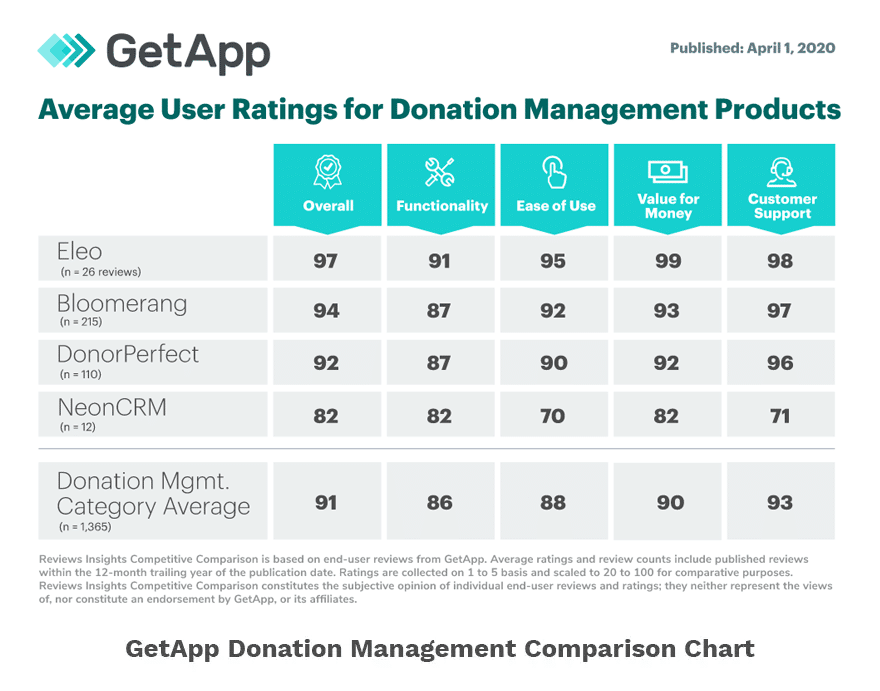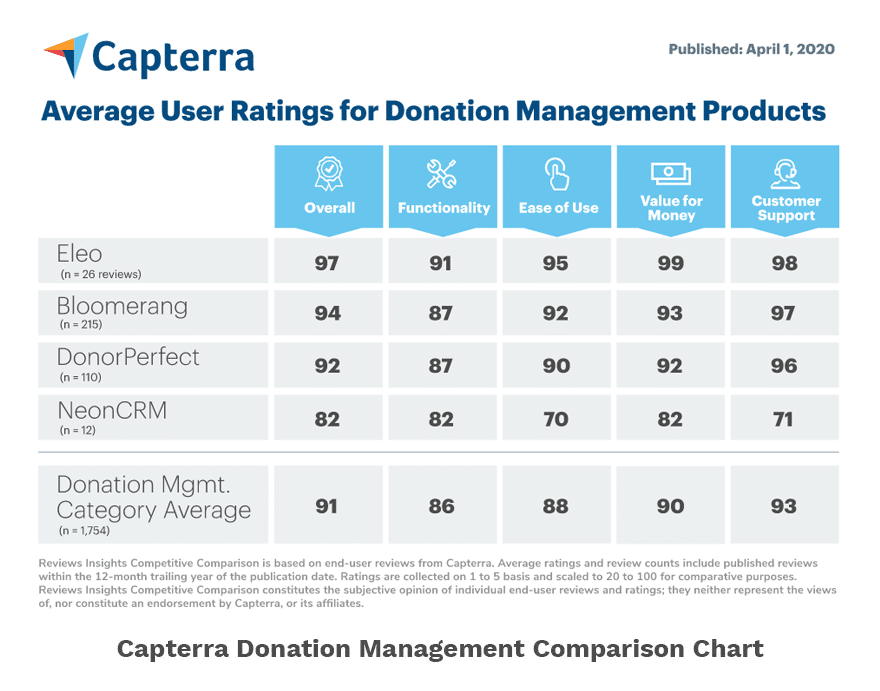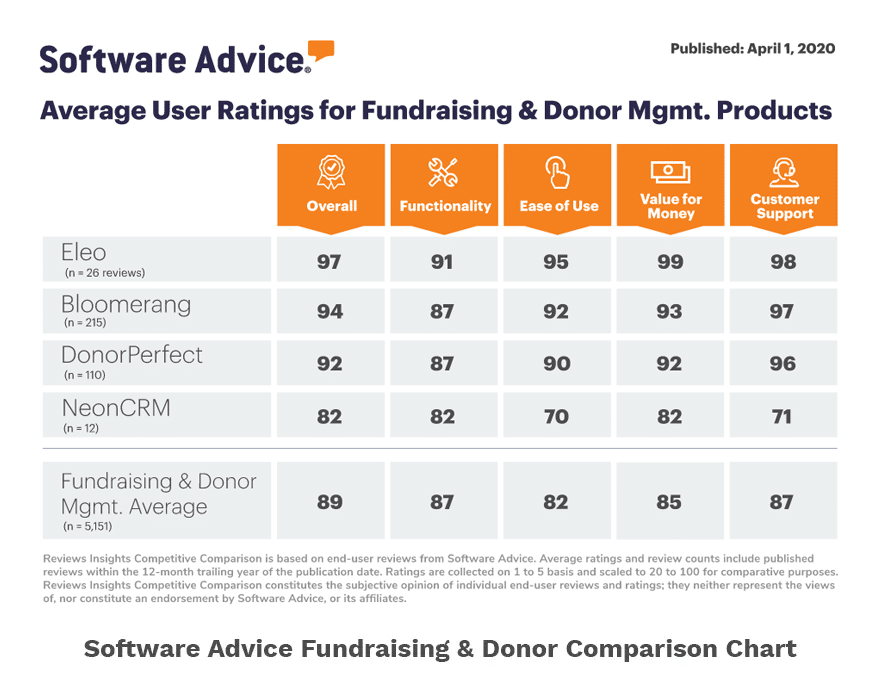
On the day after a small nonprofit’s fundraising event, the exhausted committee that planned and executed the event collectively exhales. Whew! You can breathe now!
After all your hard work, you deserve to enjoy the feeling of accomplishment that comes with completing a successful event. But there’s still important work to be done. In fact, post-event communication should be considered during the initial event planning stages.
The purpose of a fundraising event is to secure donations, increase awareness of your cause, and expand your donor base. If you want to fully capitalize on the event to achieve these goals and continue the positive momentum, you’ll need an effective post-event communication plan.
Here are six post-event communication tasks that should be built into the overall strategy for your fundraising event!
1) Thank You, Thank You, Thank You!
Thank not only your donors, but all event attendees, volunteers, vendors, and sponsors – everyone who contributed to the success of your event! A personalized, heartfelt thank you email that references highlights from the event should land in inboxes within 24 hours of the event’s conclusion. Thank everyone publicly through social media as well.
Be sure to follow up with major donors and sponsors with phone calls, handwritten letters, and visits to express your gratitude. Also, give public shoutouts to people and organizations that went above and beyond, especially your volunteers!
2) Debriefing Meeting
Within a week or two, meet with your committee to discuss and analyze the success of your fundraising event. How many people attended? How many people donated? How much money was donated? How many new donors contributed? Were your goals too aggressive or conservative?
What worked before and during the event? What didn’t? Why? What can be done to improve upon what worked and fix what didn’t? Think about everything from pre-event marketing to the check-in process to food and entertainment.
3) Database Maintenance
Make sure all event and fundraising data are current, accurate, and complete in your donor database. Donors, guests, volunteers, sponsors, vendors, and anyone who participated in your event should have a full profile in your donor database. Then use your donor data to follow up on outstanding payments!
4) Share Event Highlights
Use the assets you have, including email, your newsletter, and social media pages, to share photos, videos, stories, accomplishments, and noteworthy moments from your event. Look for opportunities to recap your event with the local media outlets. Better yet, invite them to attend so they can provide a firsthand account of their experience with your small nonprofit!
5) Seek Feedback
Engage event participants while the event is still fresh in their mind. Send an email with a survey that allows them to provide feedback about the overall event and specific components. Include a field for open comments that enable comments beyond survey question responses. You can also seek feedback informally through social media posts and comments.
6) Save the Date
Take advantage of this opportunity to invite people who are already engaged to stay engaged! Share information about upcoming community events, drives (food, clothing, etc.) informational webinars and workshops, and volunteering opportunities. More engagement leads to lasting relationships!
Post-event communication enables you to cultivate new relationships, strengthen existing relationships, and extract every ounce of value from your fundraising events. Engage event participants and update your donor database to inform decision making in the future!





